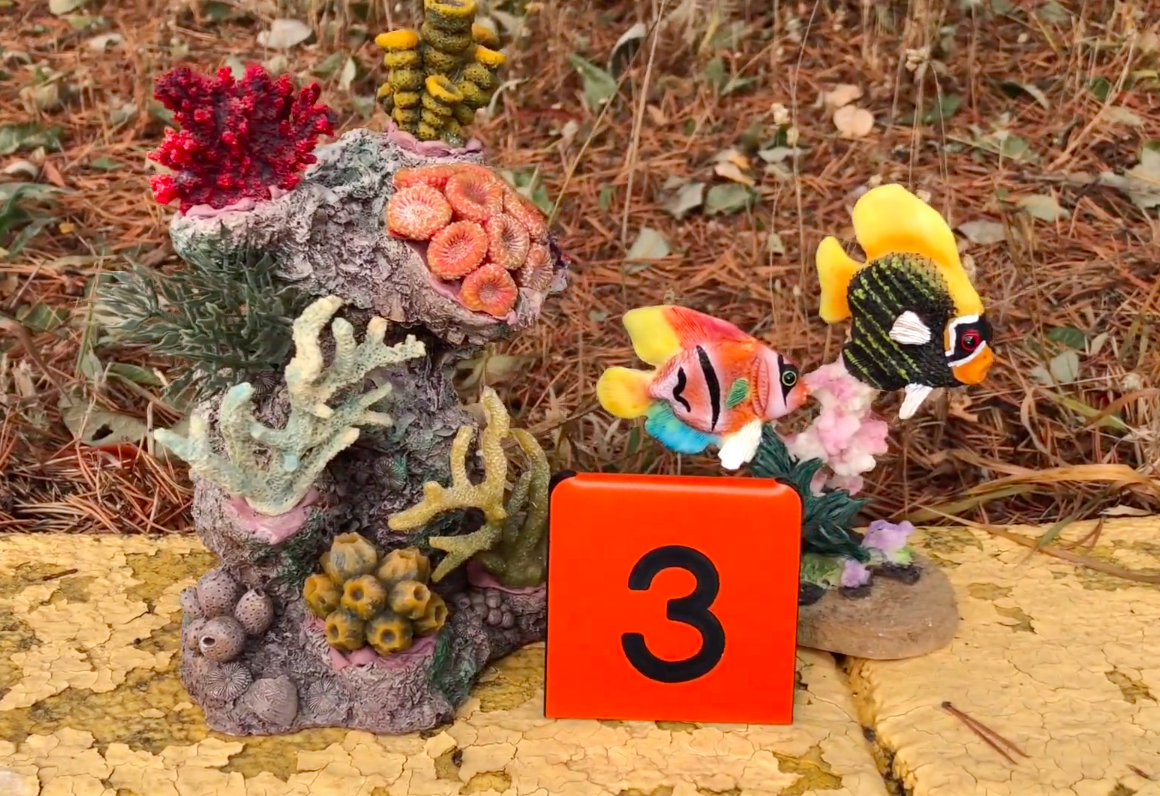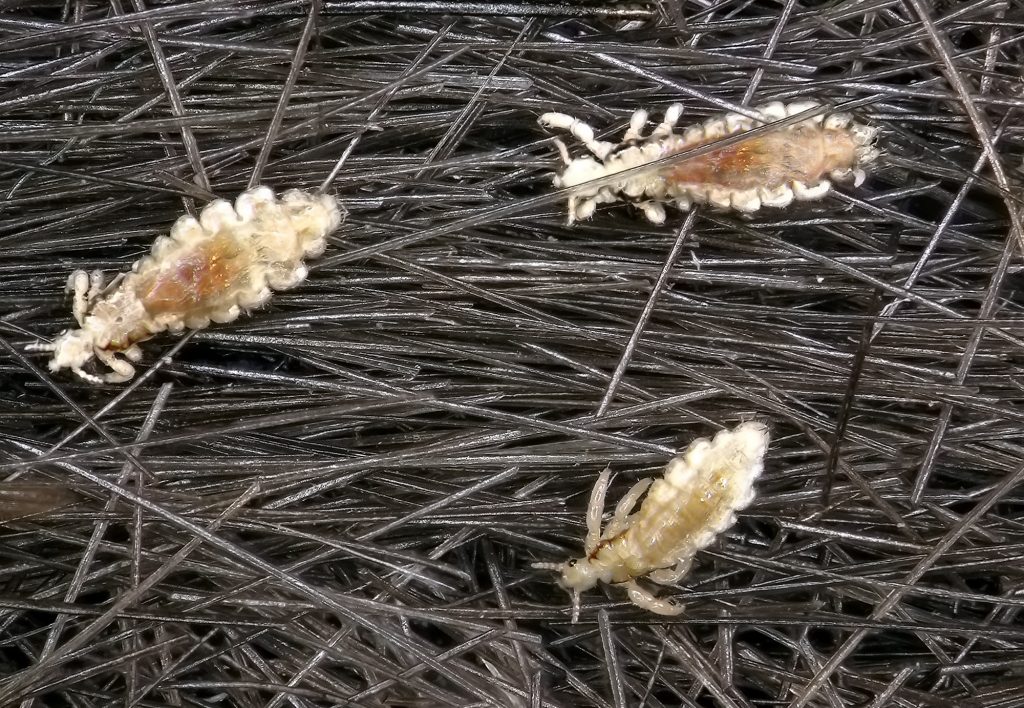
Symbiosis Close Relationships Between Species


Symbiosis Objectives
Define and provide examples of symbiosis, including:
- parasitism,
- mutualism, and
- commensalism.

We use the word “symbiosis” in everyday language to mean getting along together, like having a symbiotic relationship with a roommate. In biology, symbiosis means living closely together, sometimes for long periods of time, and the outcome is not necessarily beneficial for all participants.
This video introduces the three major forms of symbiotic relationships.
There is a lot going on in this video: the hermit crab is using a sponge instead of a snail shell for protection. The sponge may or may not be impacted by this arrangement. If its not impacted, but the hermit crab is benefiting, this is an example of ______. The algae growing on the sponge is getting more surface area for growth and possibly additional nutrients, but the sponge it is growing on is not getting as much food into its pores. This example of one species benefiting and the other being harmed is _____.
Many clownfish species form relationships with anemone. What many people don’t realize when they set up a marine tank is that clownfish may only form a relationship with a specific species of anemone, or may select something else to defend like a cave or coral.
This is one of our pairs of clownfish, the same species that is depicted in “Finding Nemo” (Ocellaris percula). These fish are initially hermaphrodites, and over time the largest one becomes the female. So in “Finding Nemo,” after the female/mother dies, the father would become the new female, and the smaller clownfish (Nemo) would become the male of the new pair.

Both of these fish have mutations leading to colors and patterns that are different than the standard of their species. The orange clownfish is missing a white stripe in front of its tail (caudal) fin. The other clownfish has an increased production of pigment making it much darker. In the wild, these mutations may not be frequent, but they are sought after in the fish trade.
This is our other pair of clownfish; these have a “snowflake” mutation. The allele variant results in irregular boundaries between the colors. The original mutant was bred in the United Kingdom, its descendants are now available from a fish hatchery in Florida.
Slowly acclimating the new pair to their tank’s water conditions. They are unusually active, typically a good sign of health.
Although they now have a 50 gallon tank and both real and fake anemone hosts, these snowflake clownfish have chosen this under-ledge area and a scallop as their territory. They did not live in an anemone as fry and show no interest in these anenome now.
Anemone interact with many other species besides clownfish.
The anemone is being fed chopped up shrimp, but it also hosts the small brown and white “sexy shrimp” (Thor amboinensis). The shrimp is protected by staying close to the anemone and cleans the anemone’s tentacles, removing parasites and debris.
This camelback shrimp (Rhynchocinetes uritai) will attempt to take food from the anemone, and the anemone will sting it if it gets too close.
Portfolio Update
This video has suggestions for how your quiz answers and media pieces can fit into the nine course learning outcomes. All of the portfolio videos are available on the course portfolio page.
We also have a media piece this week that involves assembling one of the nine outcome sections for the final portfolio.
The next section is a closer look at marine invertebrates, including the cnidarians like anemone. Many species in Phylum Cnidaria form symbiotic relationships.

Check your knowledge. Can you:
define and provide examples of symbiosis, including:
- parasitism?
- mutualism?
- commensalism?



